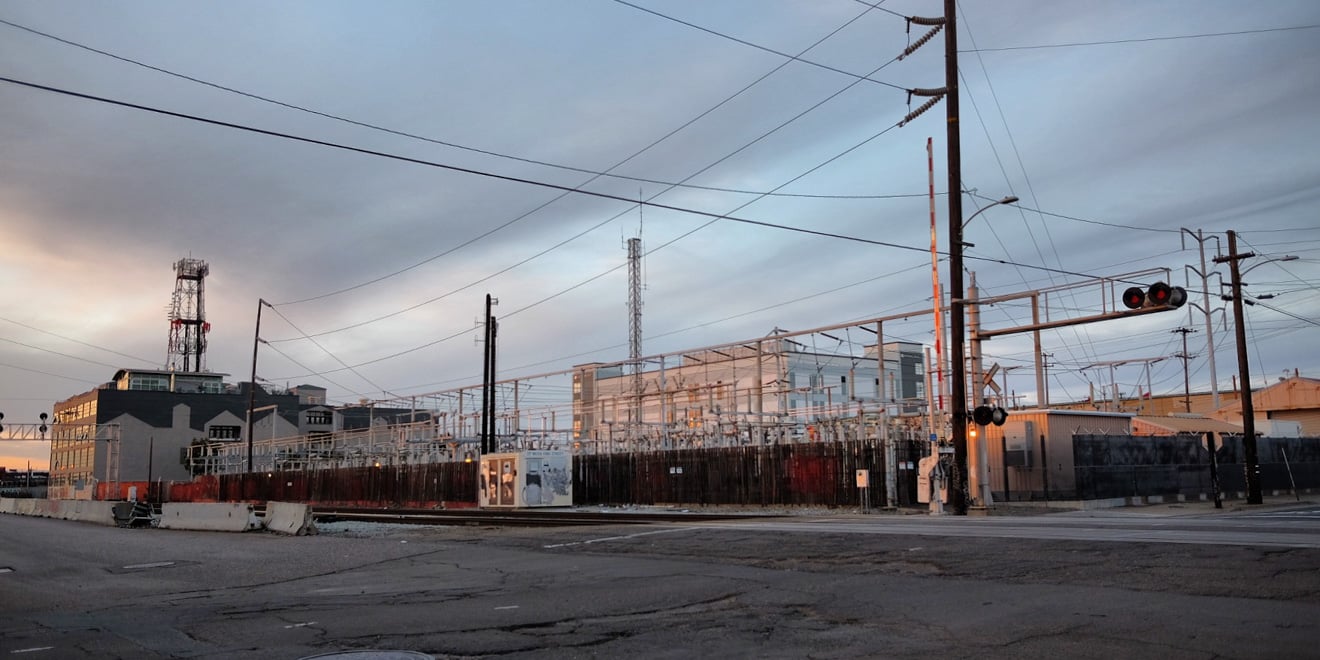Pacific Gas and Electric (PG&E), the California utilities monopoly that has faced massive legal backlash for its alleged role in the 2017 and 2018 wildfires in Northern California, filed for bankruptcy on Tuesday.
According to a lawsuit filed by Camp Fire homeowners, the deadly 2018 fire was caused by a poorly maintained PG&E transmission tower that malfunctioned in high winds, causing an uninsulated wire to send molten metal into dry scrub.
PG&E initiated the bankruptcy process by filing for Chapter 11 restructuring, which would shield it from fire victims’ lawsuits and absolve the corporation of many of its contractual obligations. Board chairman Richard C. Kelly wrote in a company statement that the decision “represents the only viable option to address the Company’s responsibilities to its stakeholders.”
According to filings with the U.S. Securities and Exchange Commission (SEC), total wildfire liabilities for PG&E could exceed $30 billion. But hopes of a government bailout seem to be going up in smoke as Californians grow more comfortable with letting PG&E fail on its own.
Part of the reduced odds of a new PG&E bailout is a sentiment that the utility did not learn from its culpability in 2017 wildfires.
“I think there’s less chance, less thought of a bailout this year than we saw last year, certainly,” Senator Jerry Hill told Reuters.
Hill is the Bay Area state senator whose district includes the scene of the deadly 2010 San Bruno gas explosion, which was caused by an unsafe PG&E pipeline.
Michael Wara, a senior research scholar at Stanford’s Woods Institute for the Environment, told Bloomberg News that the filings shouldn’t be a surprise.
“PG&E has not tried to make big changes in how they run the grid that would improve safety in the [short] term,” Wara said. “They focused on kind of long-term investment plans that are comfortable and traditional for utilities to make but which don’t provide big changes right away.”
PG&E shares, which traded at over $48 a share before the Camp Fire, hit a new low on Tuesday of $6.91 a share.
Beyond shareholders, the Californians most immediately affected by bankruptcy filings are wildfire victims, who will have to settle their lawsuits in special proceedings outside the usual legal system. Renewable energy companies who had contracts with PG&E may also suffer as PG&E gains the right to renege on contractual obligations to buy green energy at certain prices.
In anticipation of next year’s fire season, Wara sees big implications in how new energy management might choose to manage safety procedures in high-risk areas despite an outdated grid. PG&E’s current grid lacks adequate backup emergency options, so the company has to choose whether to cut off power to eliminate the risk of fires caused by electricity.
“The key question is the degree to which the utility should be shutting off the power in high-risk areas during dangerous times,” Wara said.
Ultimately, all California ratepayers will bear the burden as the state struggles to upgrade its infrastructure to include more safety features. California is also attempting to maintain its ambitious emissions and electric vehicle goals — including cutting state petroleum use in half — despite regular catastrophic wildfires seeming to become the new normal.
“California already has some of the highest electricity rates in the country,” Wara said. “This is going to make them significantly higher … whether PG&E is able to avoid bankruptcy or not.”
Contact Cooper Veit at cveit ‘at’ stanford.edu.
